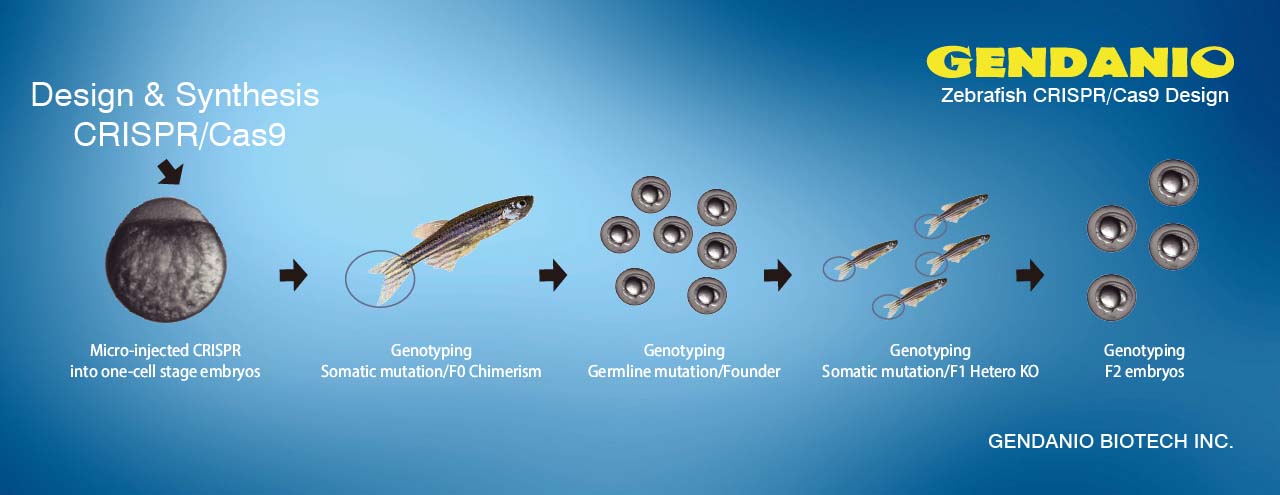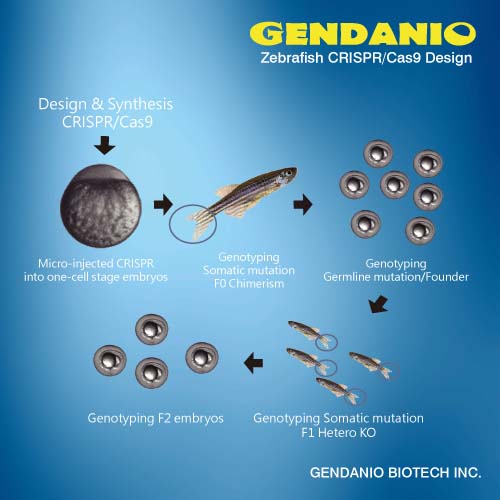ScienceDaily (Aug. 5, 2010) — Malfunction of a protein has been linked to a form of mental retardation that affects up to one out of every 500 males, says Nasser K. Yaghi, a Texas A&M University magna cum laude biology graduate who was selected to participate in a medical research project at Harvard that has been published in the journal Nature.
The results of the study suggest that if the condition is detected early in fetal development a treatment could possibly be developed to correct the problem.
"X-linked mental retardation (XLMR) is a human genetic disease affecting up to 2 out of 1,000 males and causes significant reduction in intellectual development characterized by an IQ less than 70," Yaghi says. "Many of these patients also have deficits in craniofacial (head and face) development such as cleft lip and cleft palate."
The double helix of DNA spools around proteins called histones, whose activities regulate gene expression, and PHF8, an enzyme in the family of histone demethylases, regulates some of these histones, he explains.
"Mutations in PHF8 have been found in patients with XLMR and craniofacial malformations," Yaghi adds. "Importantly, these mutations compromised PHF8's catalytic function."
Biological function of PHF8 was tested in zebrafish, which have an evolutionarily conserved PHF8 called zPHF8. Expression of zPHF8 was found in the developing zebrafish embryo mostly in the head region and was also able to be detected in the jaw, Yaghi notes.
When zPHF8's expression was inhibited, delay in brain development and the neural tube was observed. In addition, "when zPHF8 is not present in the developing zebrafish embryo, there are very noticeable differences in craniofacial development early in development when compared to normal embryos," he adds.
"Although this study was largely basic science research, I can hypothesize that when XLMR can be detected early in fetal development through genetic screening, then possibly a treatment could be created that would target the mutated PHF8 gene or introduce a new way to allow for proper histone demethylation in the absence of nonfunctional PHF8, and this would possibly correct the defect and allow proper development to continue," he explains.
Source: ScienceDaily
























